If anyone has ever been to the Dong Van stone plateau (Tuyen Quang), Mu Cang Chai, Sa Pa (Lao Cai), Loc Binh (Lang Son) or Muong Te ( Lai Chau ), they will surely be enchanted by the peaceful scenery of the Mong villages with their yellow-brown clay houses nestled among the immense green of the majestic mountains and forests.
Unlike the airy, tall stilt houses common in many other ethnic communities, the Mong people in the highlands choose to "nest" themselves in the mountains and forests with solid earthen houses.
The houses with nearly half a meter thick earthen walls, dark yin-yang tiled roofs, surrounded by rustic stone fences with blue smoke drifting in the morning and evening, are not only a place to live but also evidence of the attachment to the mountains and forests, to the traditional customs and rituals of the Mong people in the Northwest.
Earthen houses are not the only type of architecture in the highlands. In Vietnam, in addition to the Mong people, some other ethnic groups such as the Dao, Tay, Nung, Ha Nhi, Lo Lo... in the northern mountainous provinces also build houses with rammed earth walls.
However, the Mong people's rammed earth houses have their own unique characteristics, which is the stone fence surrounding the house.

Without mortar or cement, the fences of the rammed earth houses are built from mountain rocks, entirely by choosing the position and stacking rocks of all sizes firmly and skillfully, creating a very sturdy stone wall as high as a person.
Stone fences serve to separate the house from the fields, prevent livestock and wild animals from entering, and also act as a wind shield, keeping the living space warm in the cold winter.
The gate leading to the house is usually made of rustic wood, has a roof, and leads to a large clay yard where children play and bundles of corn and hay are dried in the sun.
For the Mong people - an ethnic group closely associated with rocky mountains, harsh climates and rugged terrain - rammed earth house architecture is not only a survival solution but also a cultural symbol, a proud heritage of the community.
The location for building a house is often carefully selected by the village elders, avoiding low-lying mountain slopes that are prone to flooding, and not choosing a place that is too high and exposed to cold winds. Usually, gently sloping land, leaning against the mountain, facing the valley, near a water source and far from areas prone to landslides will be the ideal places for the Mong people to build a house.

The rammed earth house is built entirely of rammed earth. After choosing a good location, people will dig a shallow foundation, using cobblestones to make a solid base. Then, the house frame made of good wood such as pơmu, nghien or sa moc is built first to fix the shape.
The walls are made by pouring soil into large wooden molds, then pounding them with wooden pestles until the soil hardens and becomes as strong as concrete. The Mong people call this process “building walls” – which is also the origin of the name for this unique house architecture.
When a wall layer reaches a thickness of about 40-50cm, people remove the mold and add another layer until it reaches the required height.
The special thing is that the soil used to build the wall must be yellow clay, with high adhesion. In the dry season, the soil is left to dry, then pounded before being put into the mold. In some places, to increase durability, people mix straw or sugarcane bagasse into the soil before pounding.

After many times of pounding, the house walls become solid, the surface is smooth, cool in summer, warm in winter, and extremely effective in resisting frost and mountain winds. A good rammed earth house can last for 50-70 years, even a hundred years if regularly maintained.
The Mong people's rammed earth houses usually have 3 compartments with 2 doors, a main door, a side door and a few windows. The roof is covered with yin-yang tiles or fish-scale tiles that are hand-baked from clay or thatch.
The rammed earth house looks simple on the outside but is carefully decorated on the inside. The ancestral altar is placed in the middle room, next to the fireplace - the place that keeps the soul of the whole family. The Mong people highly value the fireplace; fire is not only for cooking and warming but also for warding off evil spirits, protecting happiness, and is the center that unites the whole family.

Usually, the Mong people build houses around after the harvest season, when the weather is dry in late autumn and early winter - the time when the soil is easy to pound and also the time when the villagers have more free time.
Building a new house is a major event, marking the maturity of a man in the community. During the building days, the whole village will contribute together, from adults to children. The Mong believe that the house must be completed before Tet, to welcome the New Year in peace and warmth.
Not only a place of residence, the rammed earth house is also a cultural symbol of the Mong people in particular and the ethnic minorities in the highlands in general, demonstrating the intelligent adaptation to nature and the art of rustic yet skillful architecture.
The Mong people's rammed earth houses are like small fortresses in the mountains and forests, resiliently facing harsh weather, with hail and frost in winter, with thunderstorms in summer, adorning the highland landscape with a quiet, rustic but durable look.

Especially in spring, the beautiful rammed earth houses like fairy tales appear and disappear among the peach blossoms and white plums on the mountain slopes and hillsides, creating a poetic and peaceful picture, captivating people's hearts.
Nowadays, amidst the hustle and bustle of modern life, many villages have switched to solid concrete houses, but many Mong people's rammed earth houses are still preserved as a living heritage.
Many homestays and community tourism spots reuse these houses so that visitors can experience the old living space while sitting by the flickering fire, enjoying corn wine made from leaves, and listening to stories about the unique lifestyle of the Mong people in the Northwest./.
Source: https://www.vietnamplus.vn/bi-mat-sau-nhung-ngo-nha-trinh-tuong-ben-tram-nam-cua-nguoi-mong-o-vung-cao-post1051848.vnp







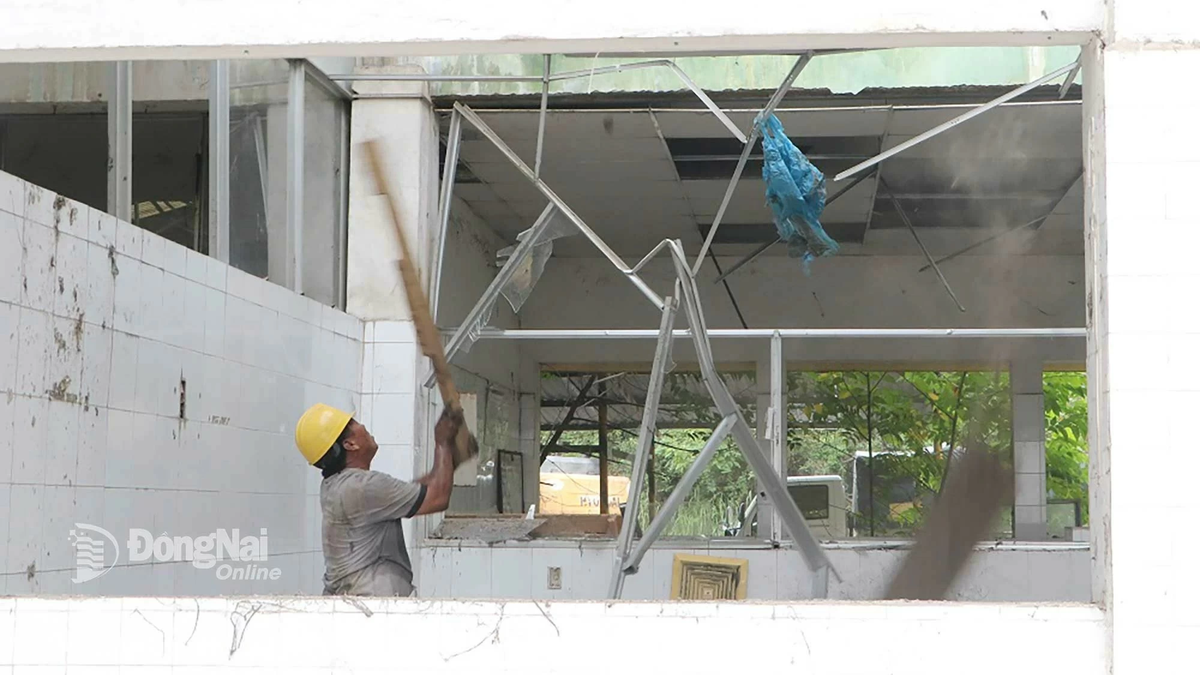


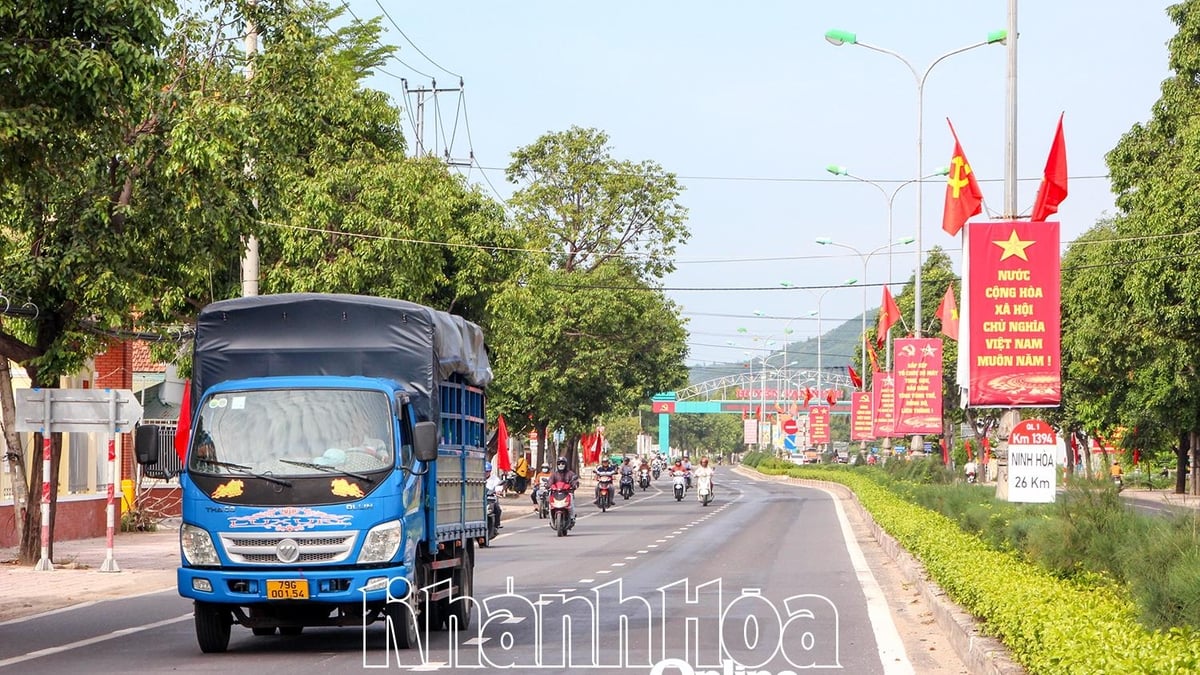
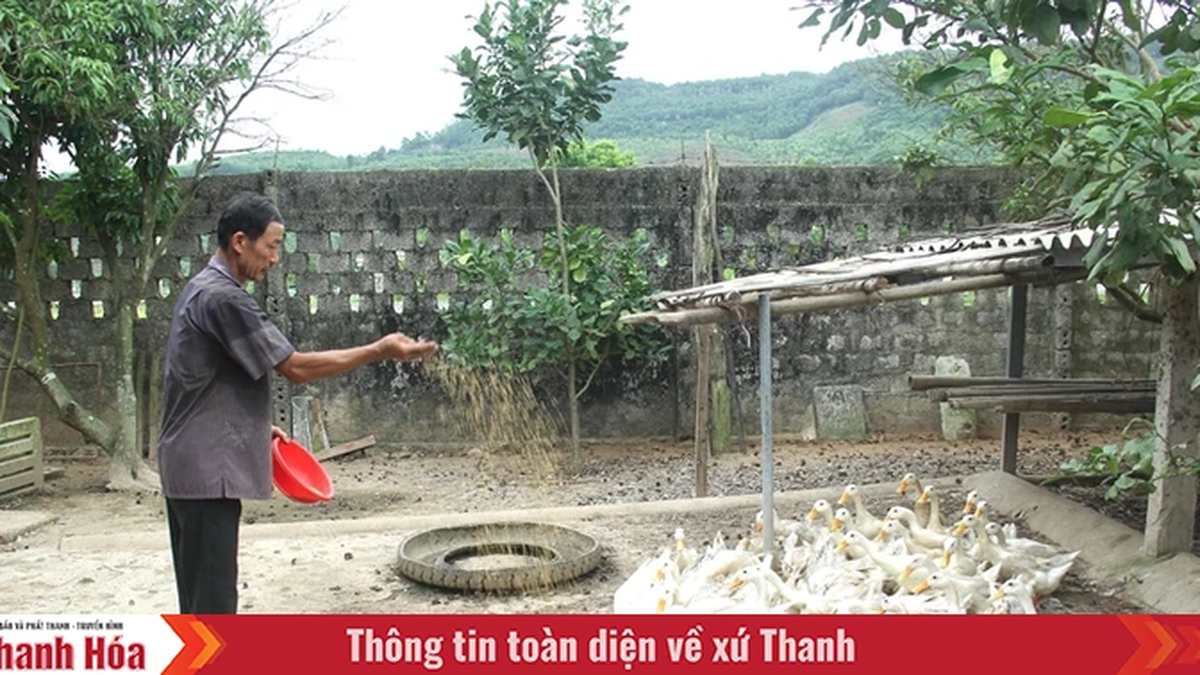












































![[Maritime News] Container shipping faces overcapacity that will last until 2028](https://vphoto.vietnam.vn/thumb/402x226/vietnam/resource/IMAGE/2025/7/30/6d35cbc6b0f643fd97f8aa2e9bc87aea)









































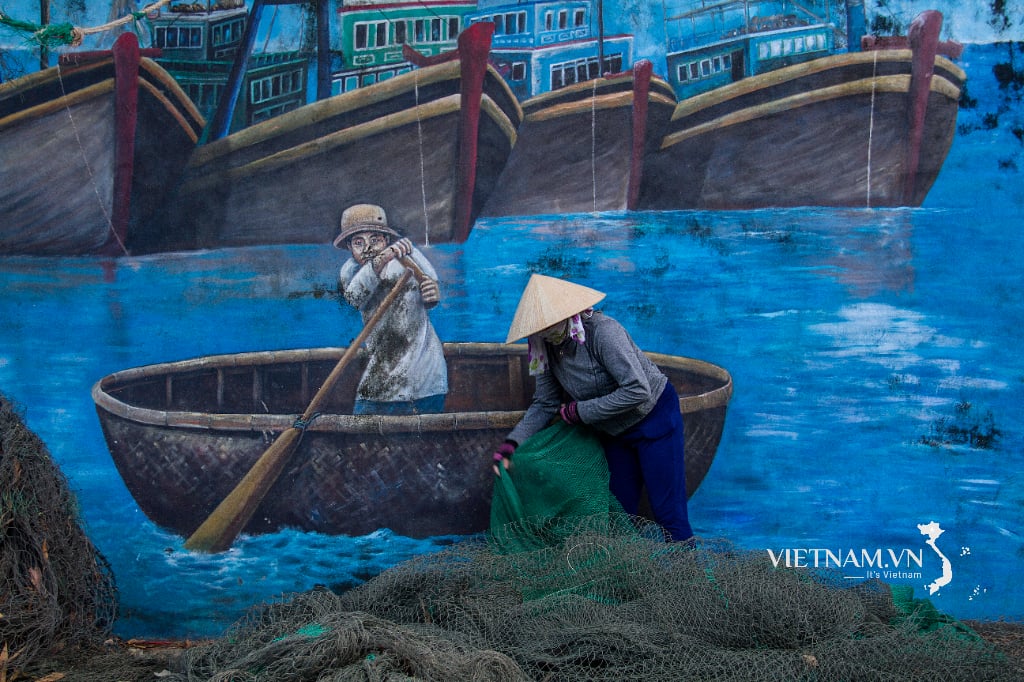
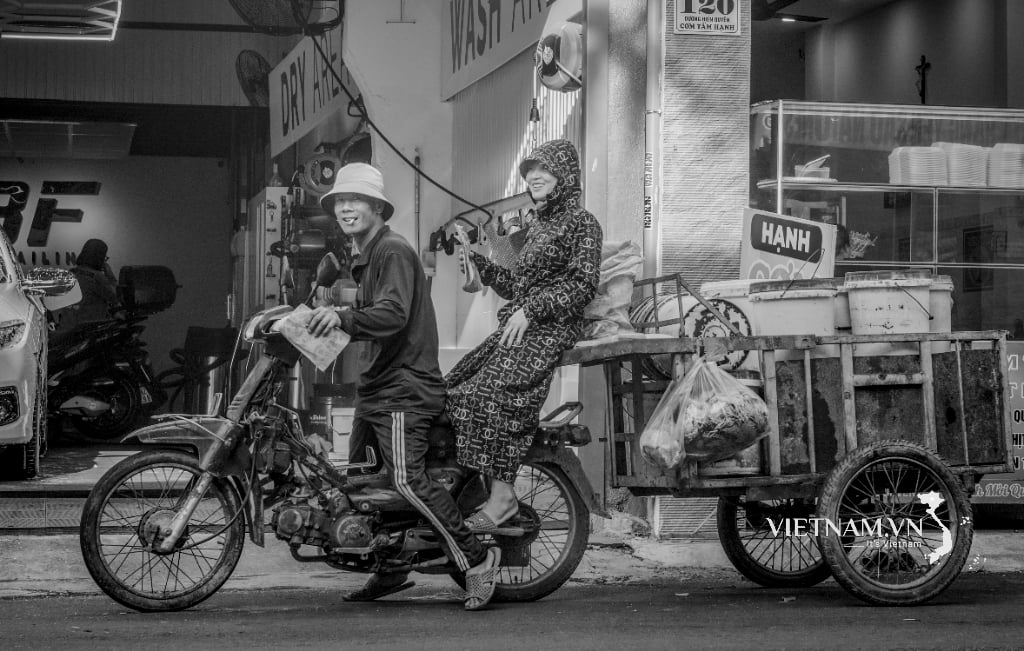
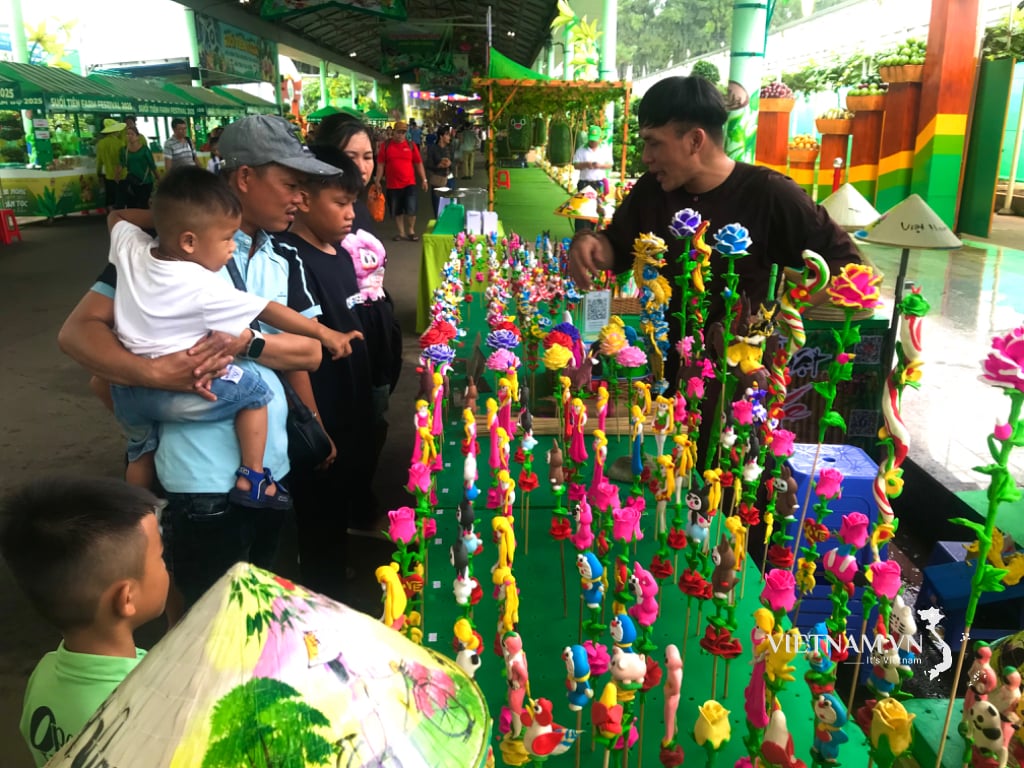

Comment (0)